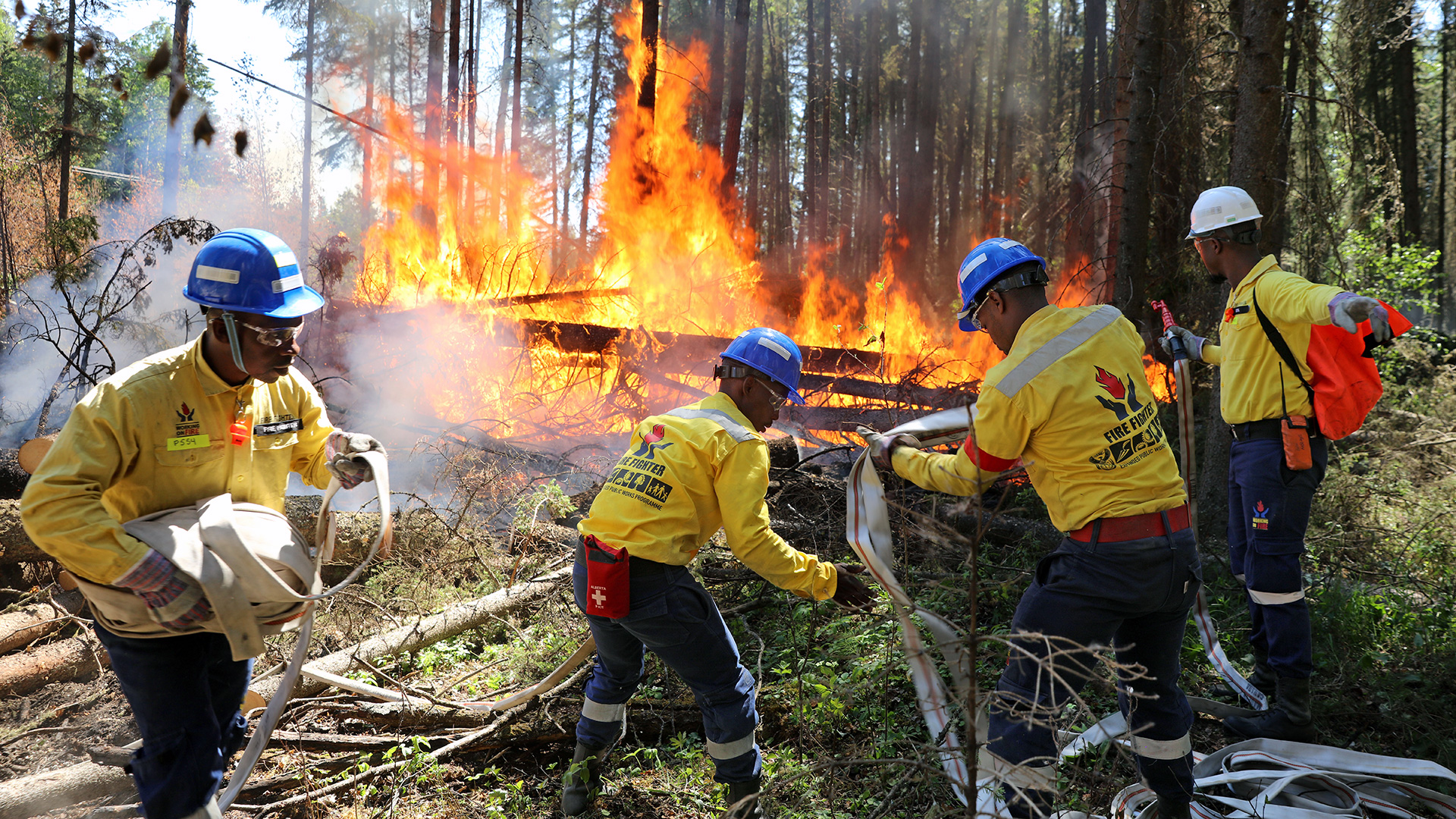### Summary
Officials in California are using AI-enabled sensors to detect wildfires before they spread, in an effort to prevent further devastation.
### Facts
- Officials in Santa Clara County are installing AI-enabled sensors to detect small wildfires before they grow into large blazes.
- These sensors can spot fires earlier, particularly in the initial smoldering stages when there is no visible flame.
- The sensors measure air particles, temperatures, gas, particulate matter, and heat, and use AI to analyze the data.
- The data is displayed on an interactive dashboard for visualization and fire alerts.
- The sensors are part of a 24-month pilot program in Santa Clara County and a pilot program by Cal Fire.
- The sensors are being installed across 6,000 acres in the San Jose watershed to protect the water source for millions of county residents.
- Safety measures and failsafes are in place to ensure the sensors do not cause any harm.
- The AI technology used in the sensors is based on machine learning and interprets patterns in the collected data.
- The sensors are being installed by N5 Sensors, a company funded by the US Department of Homeland Security.
- The hope is that early detection of wildfires will allow firefighters to extinguish them before they cause major damage.
- Wildfires can threaten the water supply and cause air pollution over time.
### Summary
California officials are exploring different methods to prevent wildfires, including artificial intelligence and goats.
### Facts
- 🌡️ A summer heat wave in California is increasing the risk of wildfires.
- 🤖 California officials are considering using artificial intelligence to predict and prevent wildfires.
- 🐐 Goats are also being considered as a method to prevent wildfires.
(Note: The AI and goat methods are not explained in further detail in the given text.)
AI-enabled sensors are being used in Santa Clara County, California, to detect small wildfires before they spread, in an effort to prevent further devastation caused by wildfires in the state. These sensors measure air particles and temperatures, and AI analyzes the data to identify potential fires. The sooner fires are detected, the quicker they can be extinguished, resulting in less damage to people, structures, and the environment.
Researchers at Aalto University have developed an AI model, called FireCNN, that uses a convolutional neural network to predict effective strategies for preventing wildfires, potentially reducing up to 76% of wildfires.
AllianceBernstein has built a team focused on AI and data science, using machine learning and natural language processing to uncover potential risks, make investment decisions, and improve risk management, resulting in cost savings and increased efficiency.
The Washington Department of Natural Resources is partnering with T-Mobile and Pano AI to install a network of cameras equipped with artificial intelligence to detect wildfires in remote areas, improving response time and alerting nearby communities.
Danish start-up Robotto has developed a drone that uses artificial intelligence to track and monitor wildfires in real-time, providing firefighters with up-to-date information to make informed decisions and allocate resources effectively. The technology has already been tested by Catalonia's wildfire fighting unit and is also being used for other applications such as monitoring wildlife and preventing poaching.
New cameras in Washington state are using artificial intelligence to detect wildfires, allowing crews to respond faster and prioritize resources more effectively.
Machine learning has the potential to aid climate action by providing insights and optimizing sustainability efforts, but researchers must address challenges related to data, computing resources, and the environmental impact of AI.
